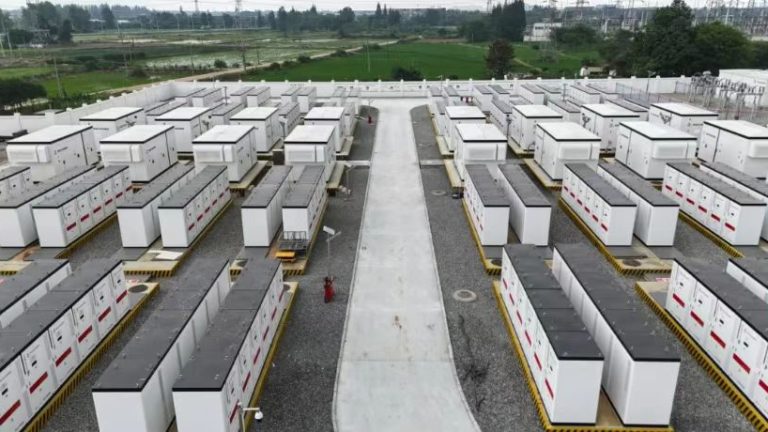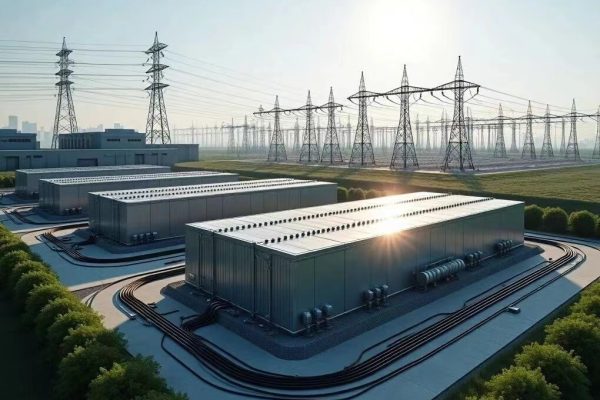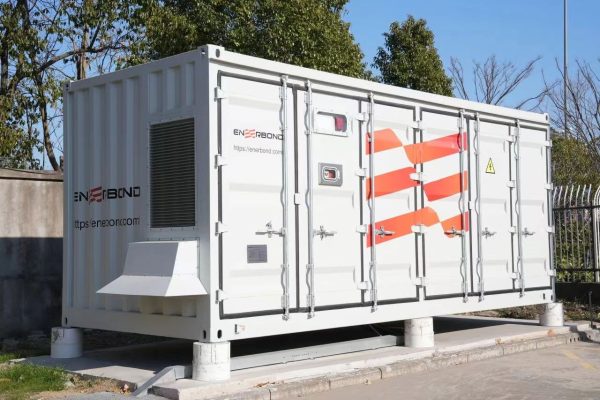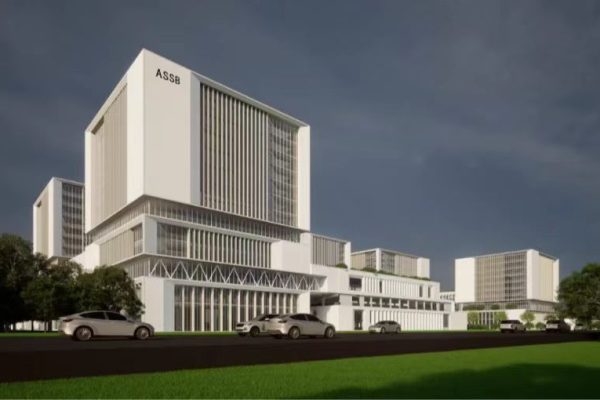As industrial and commercial energy users adopt energy storage systems (ESS) to stabilize operations, reduce energy costs, and support renewable integration, speed of deployment is becoming a critical factor. Unlike large utility-scale projects that may take years to plan, many industrial clients need fast, flexible solutions that can be delivered within months—or even weeks.
This article explores rapid deployment models for industrial ESS, why they matter, and how integrators, developers, and clients can balance speed with long-term reliability.
1. Why Rapid Deployment Matters in Industrial ESS
- Business Continuity: Factories, data centers, and logistics hubs cannot afford long downtime. Energy storage provides resilience during outages.
- Policy and Incentives: Some subsidies and tax breaks have short timelines—deploying quickly ensures eligibility.
- Demand Charges & Peak Shaving: Many industrial clients want to see immediate reductions in energy bills, pushing for fast ROI.
- Competitive Advantage: Companies that move fast with ESS adoption can market themselves as greener and more cost-efficient.
2. Common Rapid Deployment Models
a) Containerized ESS
- Pre-built, factory-tested systems housed in standard 20ft or 40ft shipping containers.
- Include batteries, inverters, thermal management, and fire protection.
- Can be delivered and connected within days once the site is ready.
- Best for: 1–20 MW projects, industrial parks, or emergency backup.
b) Modular Cabinet Systems
- Stackable cabinets (50kW–250kWh each) that can be combined on-site.
- Offer flexibility for scaling without over-investing at the start.
- Best for: Medium-sized factories or sites with space restrictions.
c) Mobile ESS (Trailer-Based)
- Battery systems on trailers or skids for temporary use.
- Deployed for events, temporary industrial loads, or construction projects.
- Best for: Short-term rental markets and emergency support.
d) Hybrid ESS + Generator Packages
- Combine storage with diesel or gas generators in a single skid/container.
- Allows quick backup power even if the grid connection is delayed.
- Best for: Remote industries (mining, oil & gas, off-grid manufacturing).
3. Key Considerations in Rapid Deployment
a) Pre-Integration at Factory Level
- The more components tested and certified together at the factory, the less time needed on-site.
- Helps avoid wiring, software, and communication issues during installation.
b) Standardized System Sizes
- Offering “off-the-shelf” configurations (e.g., 1 MW/2 MWh) reduces engineering lead time.
- Easier to stock and ship compared to fully customized builds.
c) Site Readiness
- Many “fast” projects are delayed due to permitting, civil works, or interconnection approvals.
- Early coordination with utilities and local authorities is critical.
d) Thermal Management and Safety
- Rushing deployments should not mean cutting corners on cooling or fire suppression.
- Pre-installed HVAC and arc/fire protection save time on-site.
e) Commissioning and Training
- Even containerized ESS requires careful commissioning.
- Standardized training packages allow local teams to take over quickly.
4. Balancing Speed vs. Customization
- Rapid Deployment Models: Work best when clients accept standardized solutions with limited customization.
- Custom Projects: Tailored to unique load profiles or building layouts, but longer lead times.
- Hybrid Approach: Start with standardized ESS modules, then expand with custom add-ons later.
5. Business Models Emerging Around Fast ESS
- ESS-as-a-Service: Clients rent a pre-built ESS container for 2–5 years instead of buying.
- Leasing for Peak Shaving: Allows immediate savings on demand charges with no large upfront cost.
- Disaster Relief & Emergency Contracts: Governments and NGOs are increasingly renting containerized ESS after natural disasters.
6. Looking Ahead
As the ESS market matures, rapid deployment will become the norm, not the exception. Manufacturers are already moving toward:
- Pre-certified, modular ESS product lines.
- Faster integration of AI-based EMS for plug-and-play grid connections.
- “Drop-in” designs that require minimal civil works on-site.
For industrial clients, this means less waiting, faster ROI, and reduced project risk. For integrators, adopting standardized rapid deployment models is a way to stay competitive in an increasingly time-sensitive market.
Industrial clients no longer want to wait 12–18 months for energy storage projects. Containerized ESS, modular cabinets, and hybrid mobile models are proving that large-scale storage can be deployed in weeks, not years. The challenge for integrators is to balance speed with safety, scalability, and long-term performance.
For many industries, choosing a pre-integrated, standardized ESS package is the fastest path to resilience and energy cost savings.









